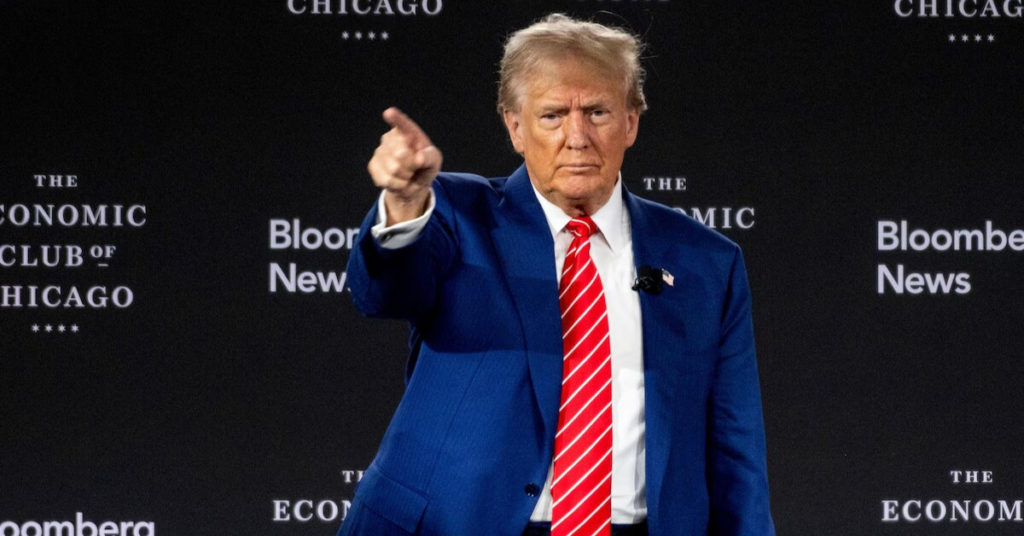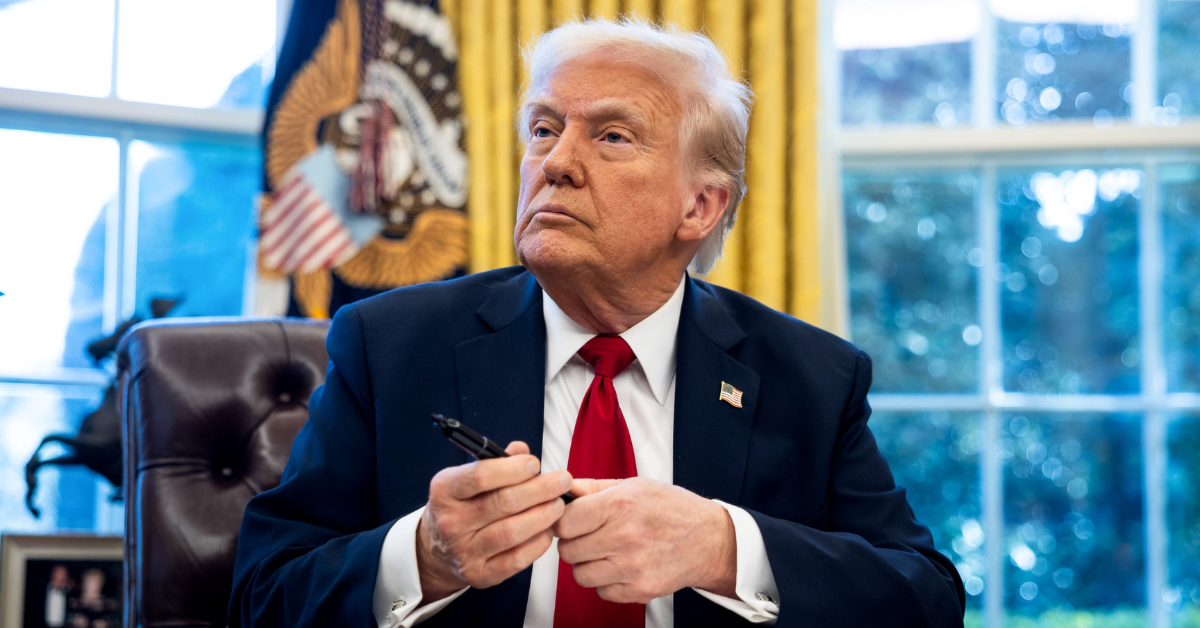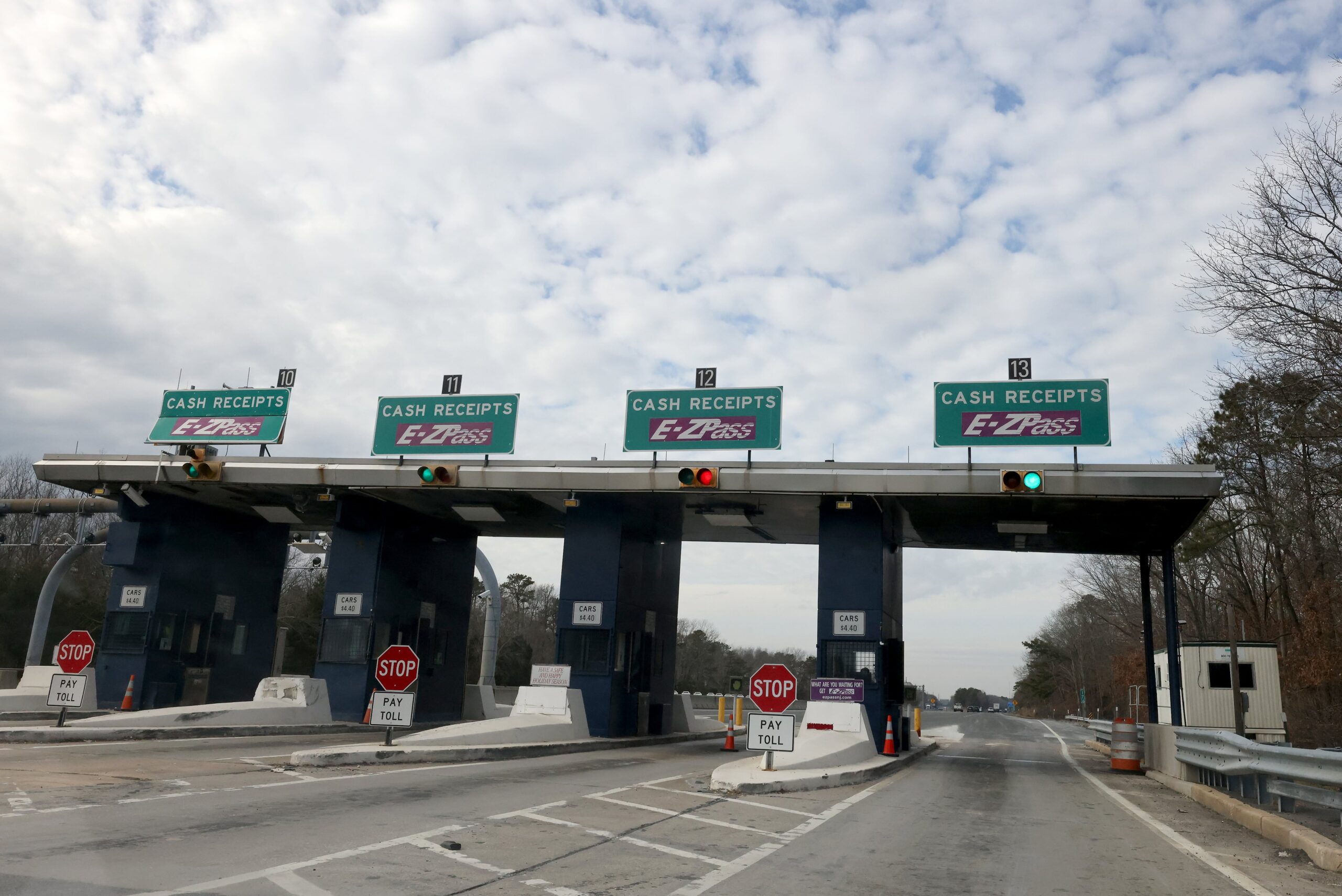Jonathan Chait of The Atlantic, President Donald Trump’s plan to revive American manufacturing through hefty import tariffs is being called a failure. Chait argues that the plan was doomed from the moment Trump publicly indicated his willingness to negotiate the tariffs with targeted countries. According to Chait, this slip of the tongue created a ripple effect, undermining what could have been a crucial economic strategy for the U.S.
The idea behind Trump’s tariffs was simple: by imposing heavy duties on imported goods, American-made products would become more competitive in the global market. This would, in theory, encourage U.S. companies to build more factories and invest in domestic production, ultimately creating jobs and boosting the American economy.
However, for this strategy to succeed, businesses needed one key assurance: that the tariffs would be permanent. No company would invest billions of dollars in building new factories in the U.S. if it weren’t sure that the tariffs, which would make its products more attractive to consumers, would remain in place long enough to justify the investment.
Chait highlights that the White House had previously positioned the tariffs as a “permanent new feature of the global economy.” This message was critical in persuading businesses that the U.S. government was committed to maintaining these tariffs over the long term. Without this assurance, companies were unlikely to risk large investments in new U.S. factories. However, things started to unravel when Trump made comments that suggested the opposite.
Eric Trump, the president’s son, seemed to suggest that the tariffs were not a permanent fixture. In a tweet, Eric Trump wrote, “I wouldn’t want to be the last country that tries to negotiate a trade deal with @realDonaldTrump.
The first to negotiate will win – the last will absolutely lose.” This statement seemed to imply that the tariffs were not set in stone and that countries could negotiate with the Trump administration to secure better deals. This immediately cast doubt on the entire plan and sent mixed signals about the permanence of the tariffs.
When reporters asked President Trump about the possibility of negotiating the tariff rates, he seemed to confirm Eric’s point. Trump said, “The tariffs give us great power to negotiate. They always have.” This was a direct contradiction to the message the White House had been promoting — that the tariffs were non-negotiable and here to stay. Trump’s comment opened the door for future negotiations, which was problematic because businesses had already been told that the tariffs were meant to be a permanent feature of the U.S. economy.
The confusion didn’t stop there. Once Trump realized his mistake, he took to his social media platform, Truth Social, to reassure businesses. He posted a message to investors, saying, “To the Many Investors Coming Into the United States and Investing Massive Amounts of Money, My Policies Will Never Change.” This was an attempt to clarify that the tariffs would remain in place and that the U.S. government was committed to a long-term, stable economic plan.
However, Chait argues that this clarification came too late. Once Trump had suggested that he was open to negotiating the tariffs, businesses couldn’t trust his later statements that the tariffs would never change. The damage had been done, and the uncertainty created by these conflicting messages was enough to discourage companies from making significant investments in the U.S.

Just over two hours after his Truth Social post, Trump made another comment that further complicated matters. He revealed that he had been negotiating a potential trade deal with Vietnam, which contradicted his earlier statements about the tariffs’ immutability. This negotiation with Vietnam, Chait points out, effectively made the tariffs seem like just another bargaining chip rather than a permanent fixture of the global economy.
Chait’s overall conclusion is that Trump’s original plan, even if it had been executed flawlessly, was “not a good one by any means.” While the intention behind the tariffs was to revitalize U.S. manufacturing, Chait believes that the plan was inherently flawed due to its lack of consideration for long-term stability and its reliance on protectionist measures. The plan was always risky, but Trump’s recent actions, including his conflicting statements and his willingness to negotiate the tariffs, have only made things worse.
The fallout from this confusion is not just political but economic. Businesses are now uncertain about the future of the tariff policy. If they cannot trust that the tariffs will remain in place, they may be reluctant to invest in new factories and infrastructure in the U.S. In turn, this could slow the growth of American manufacturing and undermine the very goals Trump set out to achieve. With so much uncertainty in the air, it’s difficult to see how the tariff plan could move forward without further damage to both the economy and Trump’s credibility.
For many businesses, the key to investing in U.S. manufacturing was the certainty that tariffs would remain in place long enough to make such investments profitable. But with the possibility of future negotiations and the shifting rhetoric coming from the White House, that certainty is now in doubt. The administration’s mixed messages have left businesses wondering whether it’s worth taking the risk to build new factories in the U.S. under such an unstable framework.
As Chait concludes, the future of American trade remains uncertain. With Trump’s tariff plan now “botched,” it’s unclear whether the administration will be able to regain businesses’ trust and convince them to invest in domestic manufacturing.
What was once seen as a potential solution to the decline of American manufacturing is now just another example of political mismanagement and uncertainty. The long-term effects of these tariff blunders may be felt for years to come, as businesses and countries alike weigh the risks of dealing with an unpredictable trade policy.
Disclaimer: This article has been meticulously fact-checked by our team to ensure accuracy and uphold transparency. We strive to deliver trustworthy and dependable content to our readers.








